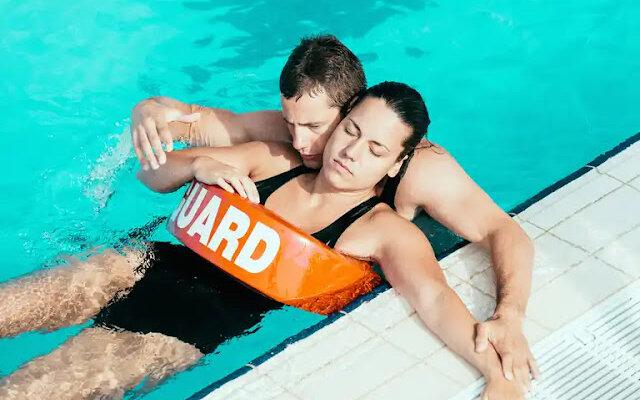How to Get Lifeguard Certified in 2025: Requirements, Training & Tips

Becoming a certified lifeguard in 2025 is more accessible, essential, and rewarding than ever before. With rising demand for water safety professionals at pools, beaches, and waterparks, lifeguard certification opens the door to a fulfilling, impactful career. In this comprehensive guide, we outline everything you need to know—requirements, training, skills, tips, and how to prepare effectively.
Eligibility Requirements for Lifeguard Certification in 2025
Before you begin your lifeguard training, you must meet a set of basic eligibility criteria. These are standard across most certifying organizations like American Lifeguard Association (ALA), American Red Cross, and YMCA:
-
Minimum Age: 15 years old by the final day of training (some programs may require 16).
-
Strong Swimming Skills: You must be able to swim 300 yards continuously using freestyle and breaststroke.
-
Timed Brick Test: Swim 20 yards, retrieve a 10-pound object from 7-10 feet deep, and swim back with the object, using only your legs.
-
Treading Water: Two minutes without using arms.
These tests are often administered during a pre-course skills evaluation, which you must pass to proceed with the full certification course.
Choosing the Right Lifeguard Certification Program
In 2025, multiple recognized bodies offer lifeguard certification. Choose a program based on your location, schedule, and desired specialty (pool, beach, waterpark, etc.). The most reputable certifications include:
-
American Lifeguard Association (ALA) – Known for flexible online and blended learning formats.
-
American Red Cross – Offers standardized training nationwide with poolside sessions.
-
YMCA Lifeguard Program – Popular in community centers, focusing on both water and customer service safety.
-
Ellis & Associates – Often required for waterparks and resorts.
All programs adhere to U.S. Occupational Safety and Health Administration (OSHA) guidelines and CDC safety protocols.
Structure of Lifeguard Certification Courses in 2025
Modern lifeguard courses have evolved to combine classroom theory, online modules, and intensive in-water skills. Most courses range from 25–30 hours over several days.
Course Modules Typically Include:
-
Rescue Techniques: Passive and active victim rescues, spinal injury procedures, deep water extractions.
-
CPR/AED for the Professional Rescuer: Adult, child, and infant CPR protocols.
-
First Aid: Basic wound care, heat stroke, allergic reactions, and drowning response.
-
Emergency Action Plans (EAPs): Responding to crowd panic, multiple victims, and natural hazards.
-
Legal Responsibilities: Duty to act, negligence, and documentation.
Completion requires passing written exams, hands-on skill assessments, and full attendance.
- Art
- Causes
- Crafts
- Dance
- Drinks
- Film
- Fitness
- Food
- Games
- Gardening
- Health
- Home
- Literature
- Music
- Networking
- Other
- Party
- Religion
- Shopping
- Sports
- Theater
- Wellness


